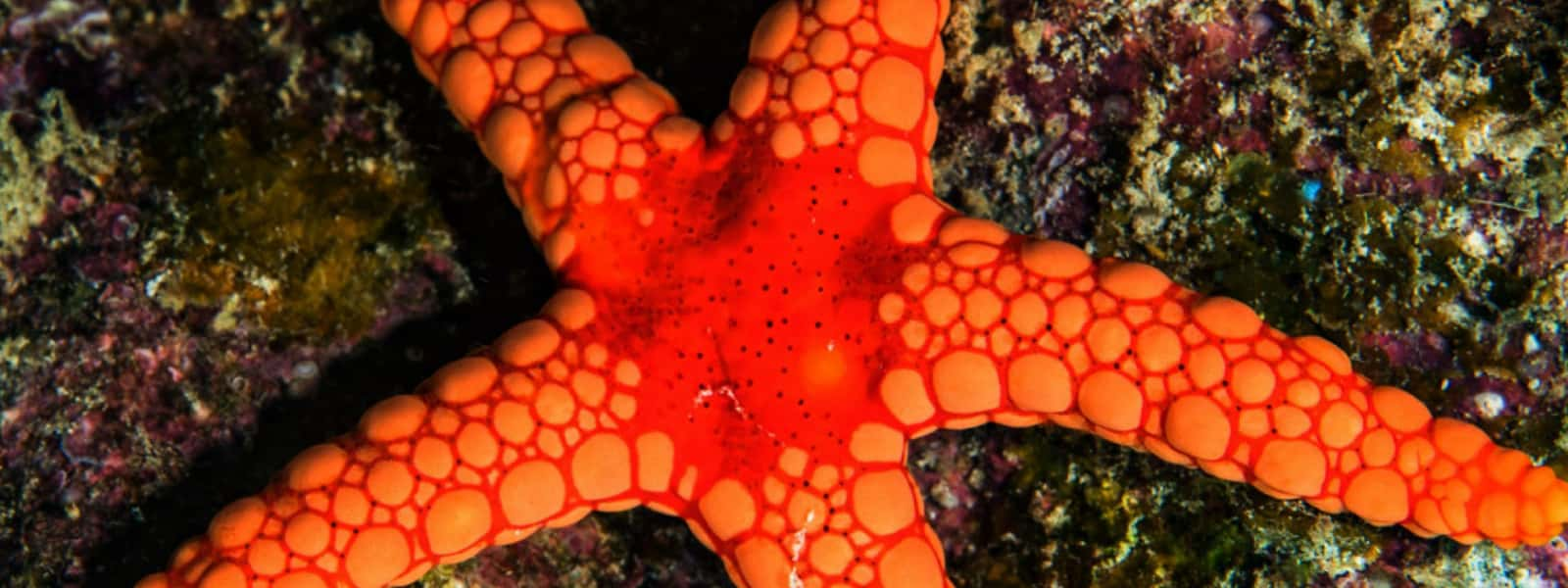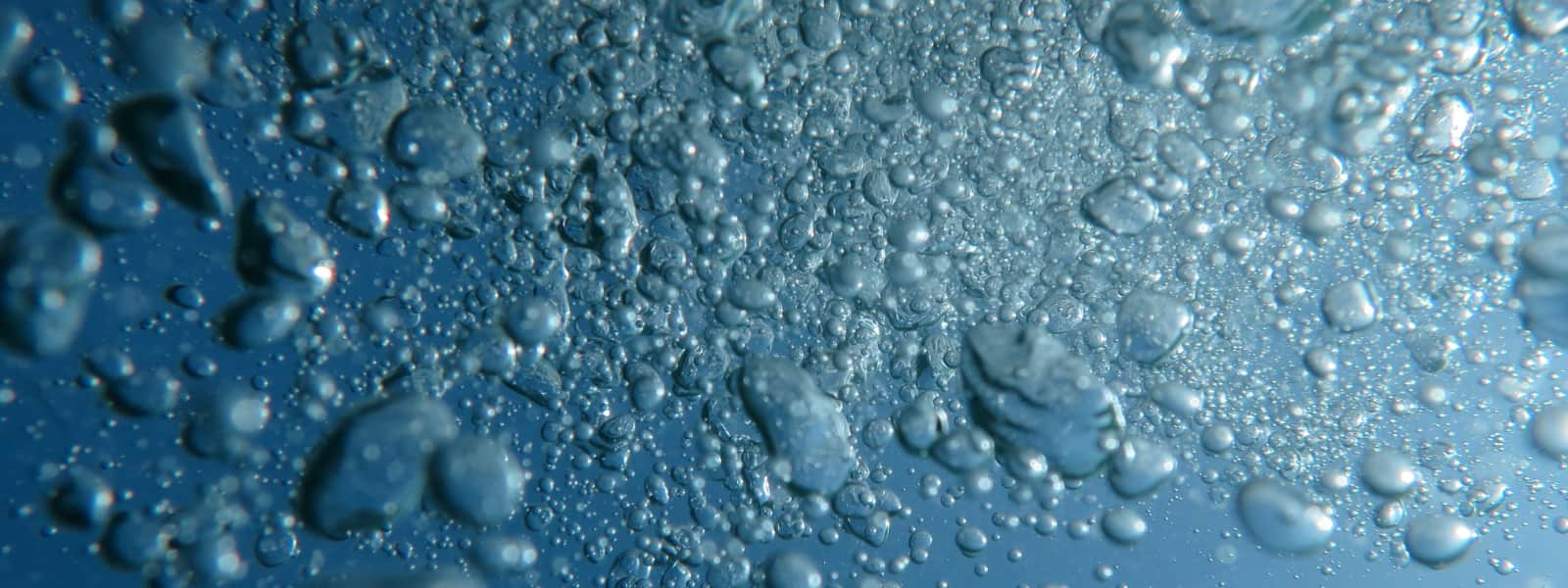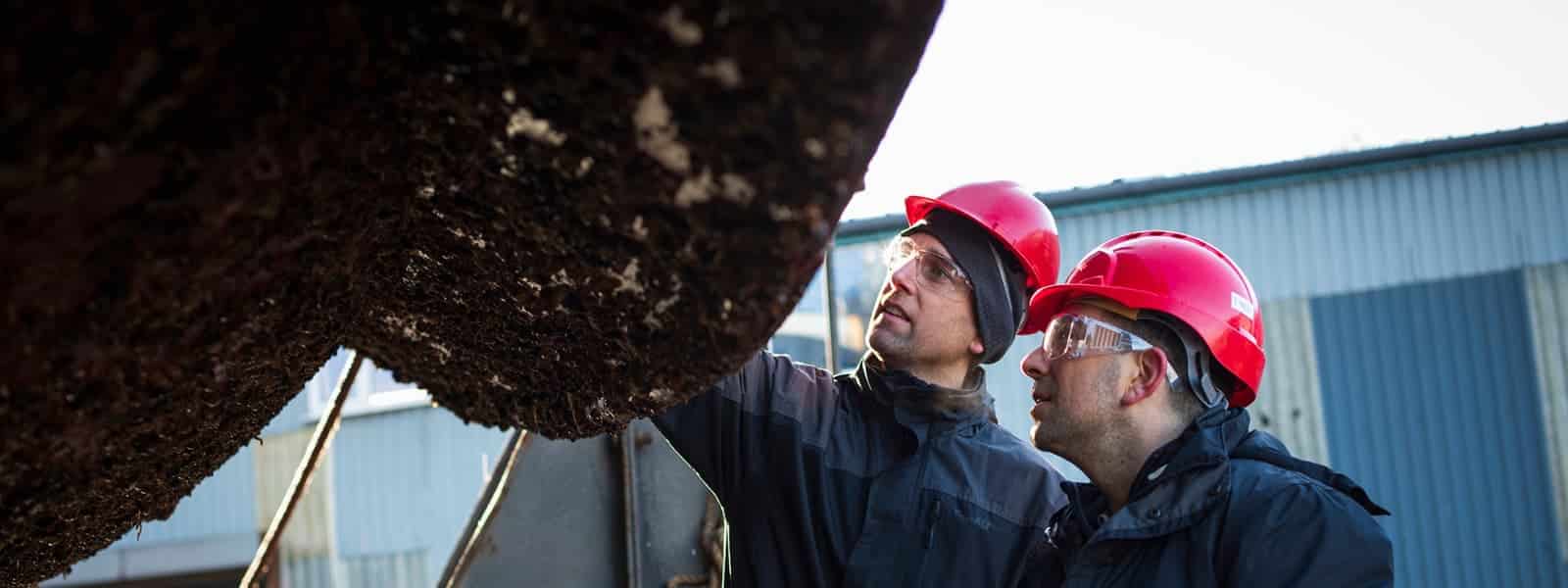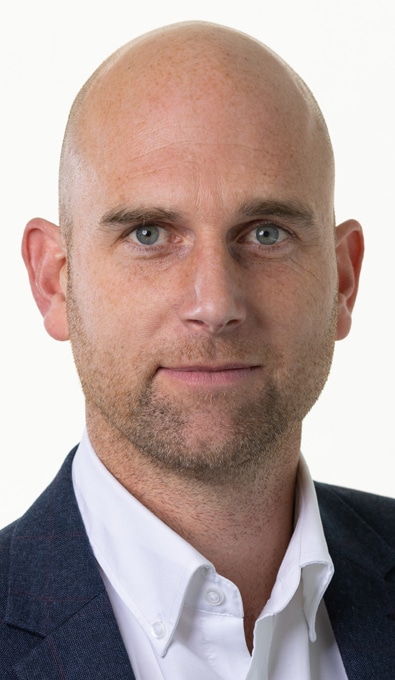The OAE framework is now open for public review
PML Applications and Carbon to Sea are delighted to share the initial draft of the first-of-its-kind Ocean Alkalinity Enhancement (OAE) Environmental Impact Monitoring Framework for OAE field research. PML Applications collaborated with Carbon to Sea to produce this comprehensive framework, providing vital guidance on monitoring environmental impacts of OAE approaches during field research for researchers, regulators, funders, industry stakeholders, and the public.
This framework builds on existing and recognised codes of conduct and draws from established environmental standards, government regulations, lessons from past field trials, and community best practices to create robust guidance for marine carbon dioxide removal (mCDR) researchers, acknowledging the substantial potential of OAE as an mCDR solution.
The OAE Environmental Impact Monitoring Framework adopts a phased and gated approach, ensuring mitigation of knowledge gaps and potential risks before gradually scaling up OAE projects.
Dr. David Keller, Director, Research & Technology for the Carbon to Sea Initiative said:
“For OAE and mCDR research projects to safely progress from the laboratory to field trials, it is vital to thoroughly evaluate these approaches in real-world conditions to fully assess human and environmental safety, transparency, and accountability in the rapidly growing mCDR community. This framework aims to define specific environmental needs and considerations in OAE field trials.”
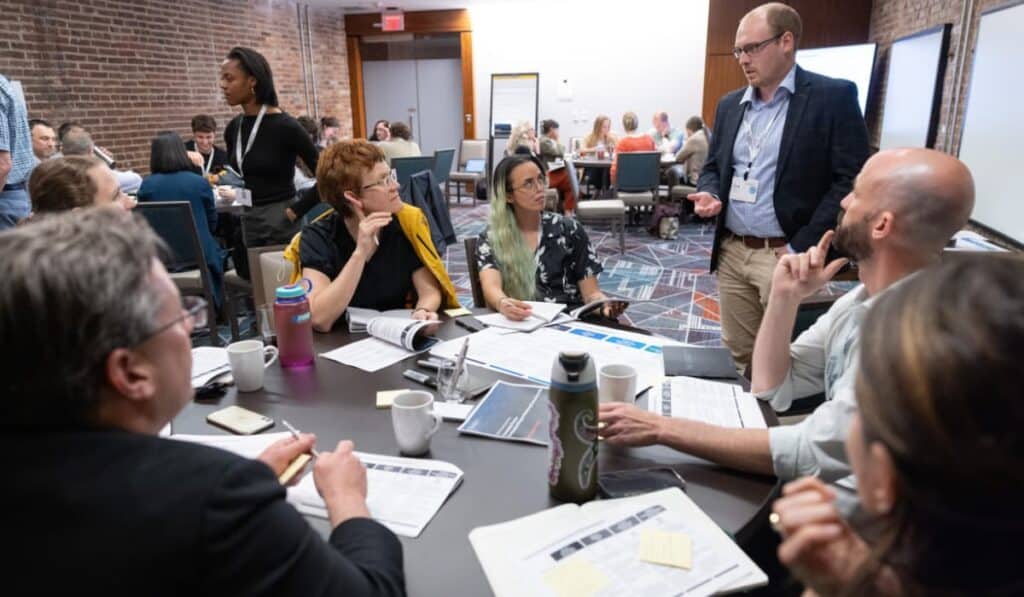
PML Applications’ Sam Fawcett said:
“It has been great to play a part in the development of this OAE framework. Establishing a robust phased and gated approach to environmental monitoring during OAE field trials will ensure we are mitigating potential risks when we look to progress OAE research and trials. With the significant potential of OAE as an mCDR solution, this framework is designed to help us move forward safely from laboratory trials to field work.”
The framework is open to public review and comment from Thursday, October 23, 2025, to Friday, December 12, 2025. The full draft framework is available to read and submit your comment on the Carbon to Sea website, here – https://www.carbontosea.org/oae-field-research-environmental-impact-monitoring-framework/
Public comments and resolutions alongside the final version of the framework will be published on the Carbon to Sea website, with periodic updates as sector knowledge develops, in order to create a robust and responsible evaluation method of OAE.
